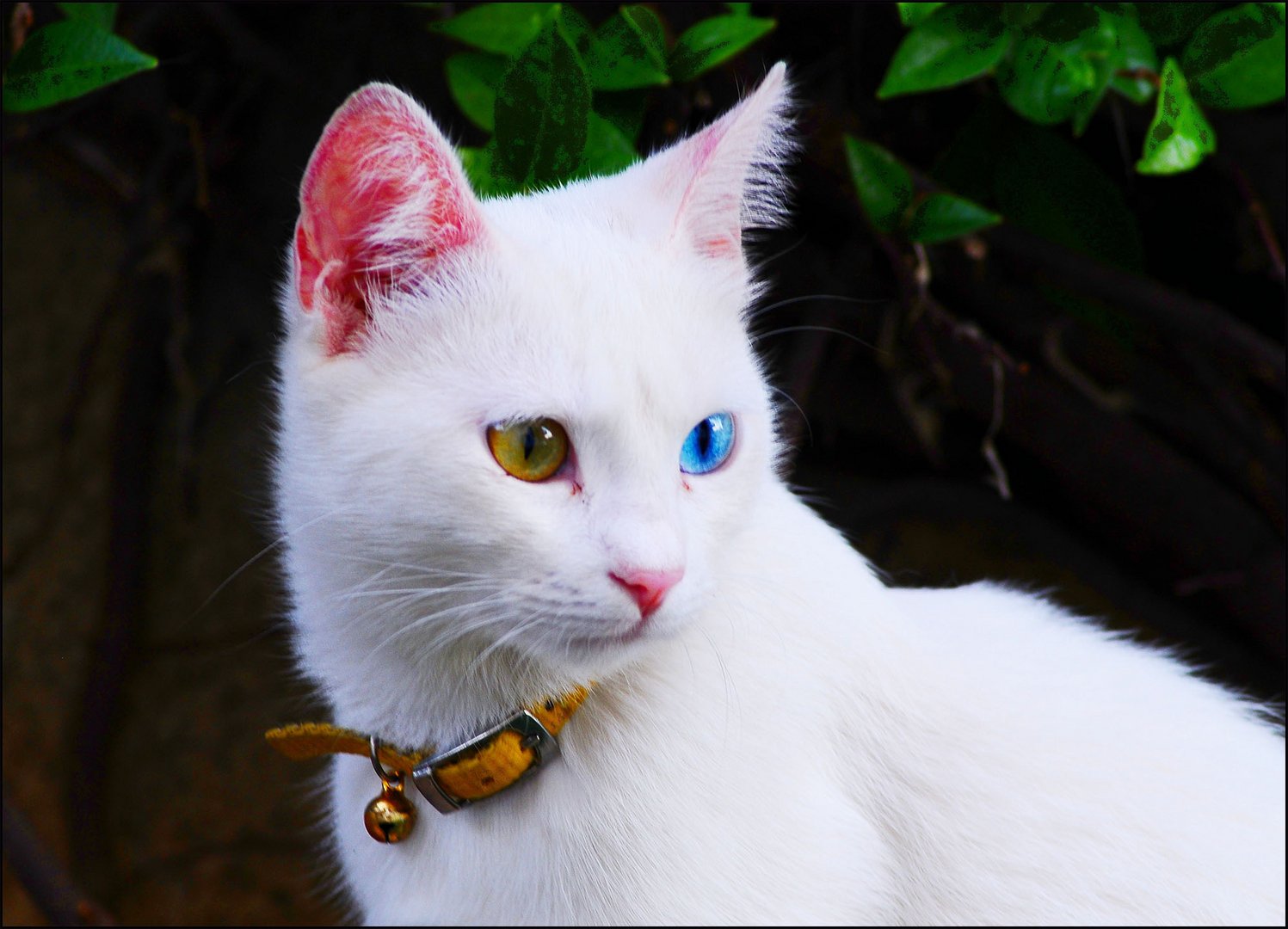Van cats, native to the Kurdish province of Van in Turkey, are famous for their distinctive odd-eyed appearance, with each eye often being a different color. Recently, researchers at Yuzuncu Yil University discovered an extraordinary kitten with an even rarer trait—turquoise and brownish-yellow colors in both eyes. This unique feline, alongside its heritage, attracts global attention, showcasing the cultural and historical significance of these remarkable animals.
A Rare Discovery: The Turquoise-Eyed Kitten
The Van Cat Research Center at Yuzuncu Yil University recently made an exceptional discovery—a kitten with both turquoise and brownish-yellow colors in each eye. This rare phenomenon, known as heterochromia iridum, typically involves different colored eyes, but this kitten’s unique eye coloration is an evolutionary anomaly, drawing significant interest from scientists and the public alike.
Director Abdullah Kaya, leading the Van Cat Research Center, shared that this kitten, found in the Edremit district, is in good health and has been integrated into the center, where it socializes well with other cats. Despite its distinctive appearance, the kitten remains unnamed. The center’s ongoing research and care for Van cats, especially those with unique traits, highlight their dedication to preserving this rare breed.
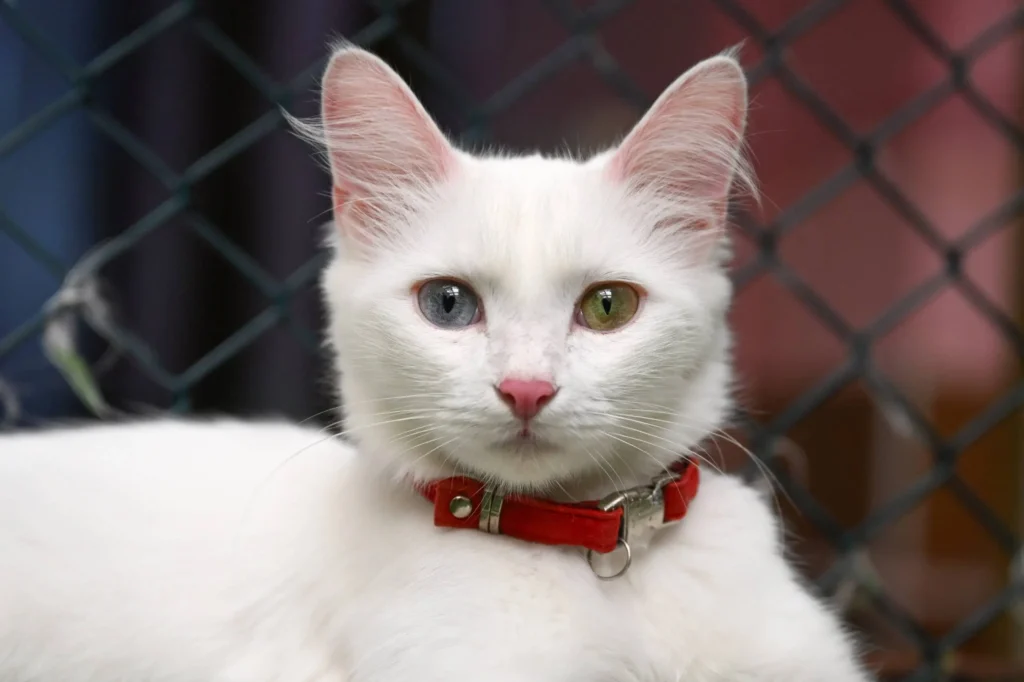
Van Cats: A Cultural and Touristic Attraction
Van cats, known for their striking two-colored eyes, are not only a biological wonder but also a cultural treasure in the region. The Van Cat Research Center at Yuzuncu Yil University protects these cats and showcases them as an integral part of Van’s cultural identity. The “Cat Villa,” a specialized facility within the center, provides a safe environment where these cats are cared for, and visitors can observe them.
The center attracts over 1,000 visitors weekly, with 40% being foreign tourists. Tourists from neighboring countries and as far as the Far East visit the center to experience these unique cats firsthand. Iranian tourist Homayoun Yousefian expressed a deep emotional connection after visiting, while Japanese tourist Reiko Inomata and Iranian tourist Shahar Keshavarzi praised the beauty of the cats and appreciated the opportunity to interact with them.
Conservation Efforts and the Van Cat Hotel
The Van Cat Research Center has taken significant steps to protect and conserve this rare breed. In addition to the research center, a special hotel, known as the Van Cat Hotel, has been established in Van, where cat owners can leave their pets during travel. This hotel offers all necessary amenities for the cats, charging a nominal fee of $5 per night.
The center’s efforts have led to successful breeding programs, with a notable event in December when one of the cats gave birth to four kittens. The birth marked the first litter of 2020, and the center’s director, Abdullah Kaya, expressed optimism for a prosperous year in breeding efforts. The center ensures that all cats are vaccinated and kept in optimal conditions, contributing to their well-being and successful reproduction.
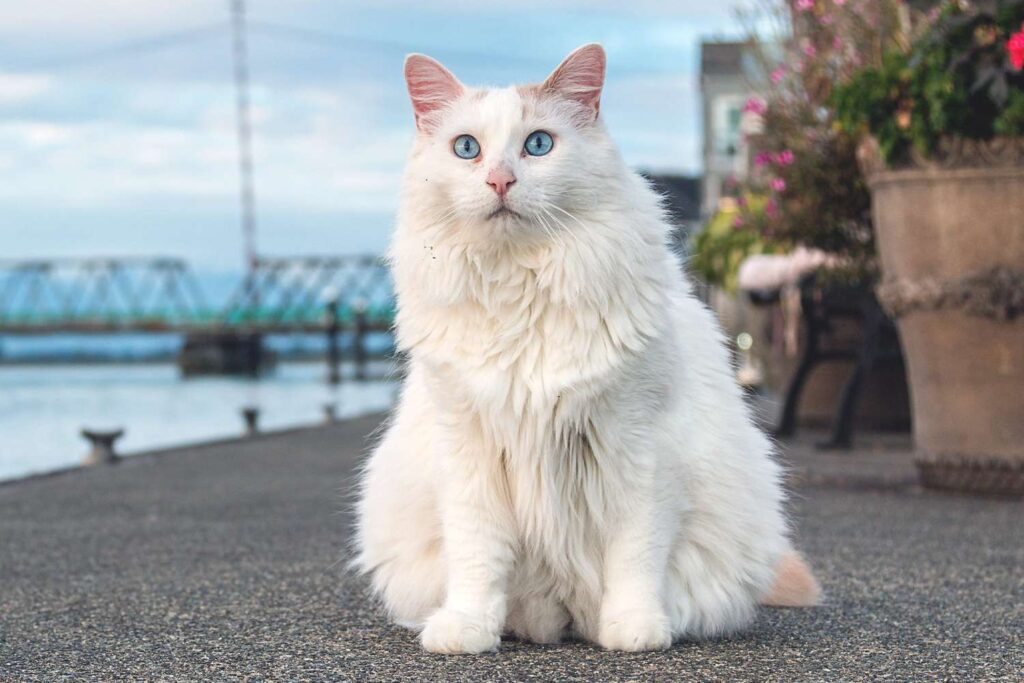
The Historical and Cultural Significance of Van Cats
Van cats are more than just a rare breed; they are deeply intertwined with the history and culture of the region. The Van Cat Research Center, established in 1992, aims to increase the population of these cats while preserving their unique characteristics. Director Abdullah Kaya emphasized the center’s role in education and research, ensuring that the cats are viewed as an essential part of the city’s culture.
Van cats are distinguished by their white fur, odd-colored eyes, and unique behavior, such as their love for water and swimming. Their distinct physical traits, including a fluffy tail and silky fur, make them a symbol of beauty and grace. The center classifies cats based on their beauty, strength, and breeding quality, ensuring that the most exceptional specimens are prioritized for conservation.
The Journey of Van Cats: From Kurdistan to the World
The history of Van cats is as intriguing as their appearance. These cats have long been associated with the region, with some believing that their origins date back to the time of Prophet Noah. The connection between Van cats and the ancient region of Akhtamar, located on an island in Lake Van, adds to their mystique. Legend has it that these cats are descendants of the animals that survived the biblical flood, earning them the nickname “Noah’s cats” among the Kurdish people.
In recent history, the Van cat’s journey to global recognition began in 1952 when two British tourists brought a pair of these cats back to the UK. This marked the introduction of Van cats to Europe, where they quickly gained popularity due to their unique appearance and behavior. Today, Van cats are among the most coveted and expensive breeds in Europe, renowned for their intelligence, beauty, and distinctive swimming ability.
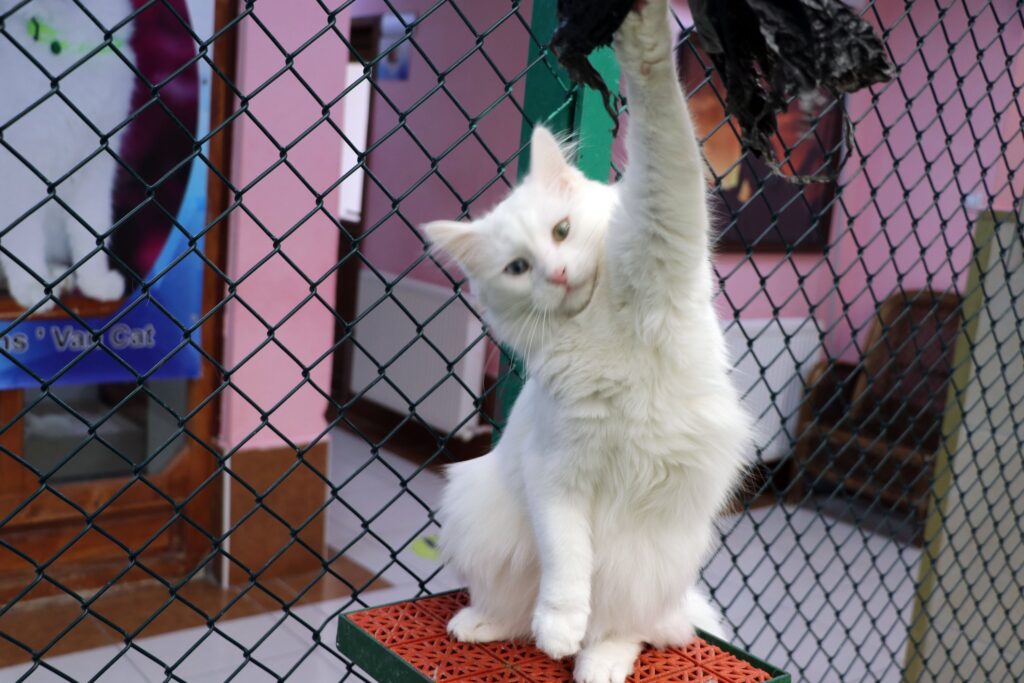
The Struggle for Survival: Van Cats Under Threat
The journey of Van cats has not been without challenges. In the 1990s, the Turkish gendarmerie and army reportedly launched an extermination campaign against white cats in the Van region, fearing their association with Kurdish identity. This led to the killing of thousands of cats, with reports from organizations like SOS accusing the Turkish army of mass extermination. Although the Turkish government denied these allegations, the survival of Van cats became a point of cultural and national pride.
In response to these threats, Yuzuncu Yil University in Van took decisive action by establishing a research center dedicated to the conservation of Van cats. The center’s efforts have been instrumental in preserving this breed, allowing it to thrive despite historical challenges. The university’s commitment to protecting Van cats underscores the importance of safeguarding cultural heritage in the face of adversity.
The Unique Characteristics of Van Cats
Van cats are not only known for their appearance but also for their unique behaviors and physical traits. They are often referred to as “Swimming Cats” due to their unusual affinity for water, a characteristic not commonly found in other cat breeds. Their eyes, which can be either blue, green, or a combination of both, are another distinctive feature that sets them apart.
Physically, Van cats are robust and muscular, with large ears, wide cheeks, and a long tail. Their fur changes with the seasons, becoming thicker in winter and shorter in summer, providing them with adaptability to different climates. Van cats are also known for their intelligence and playful nature, making them beloved companions for those who own them.
Their dietary habits are equally unique, with Van cats known to enjoy fruits and even ice cream, in addition to their regular cat food. They are also noted for their cleanliness and sensitivity to food, traits that endear them to many.
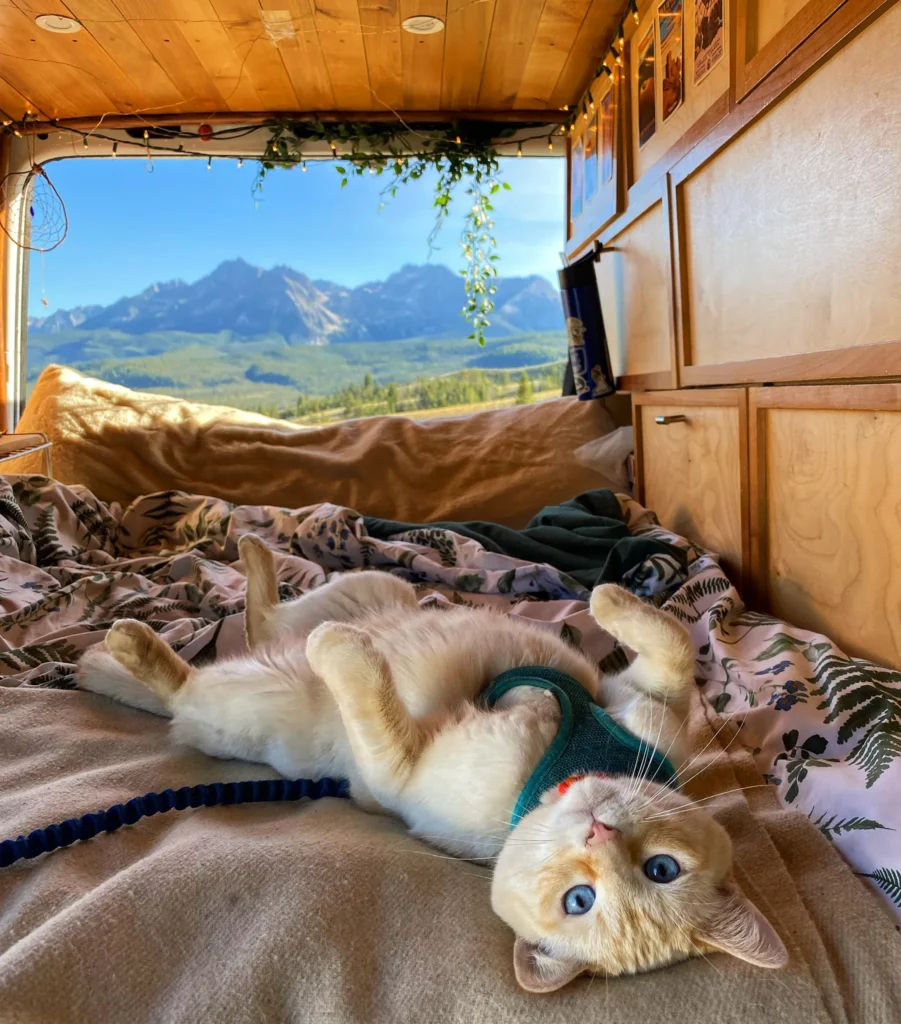
The Enduring Legacy of Van Cats
The story of Van cats is one of survival, cultural significance, and natural beauty. These cats have become a symbol of the Van region and a point of pride for the Kurdish people. Despite the challenges they have faced, from extermination campaigns to the threat of extinction, Van cats continue to thrive, thanks to the dedicated efforts of researchers and conservationists at Yuzuncu Yil University.
Today, Van cats are recognized as one of the most beautiful and unique cat breeds in the world. Their legacy, rooted in the rich history of Kurdistan, continues to captivate the hearts of people worldwide. As these cats continue to be studied, protected, and celebrated, they serve as a reminder of the importance of preserving our natural and cultural heritage for future generations.
In conclusion, Van cats are not just a rare breed; they are a living testament to the enduring connection between humans and animals, and the role of cultural heritage in shaping our understanding of the world. The efforts to protect and celebrate these cats highlight the importance of conservation and the need to appreciate the unique beauty that exists in the world around us.

